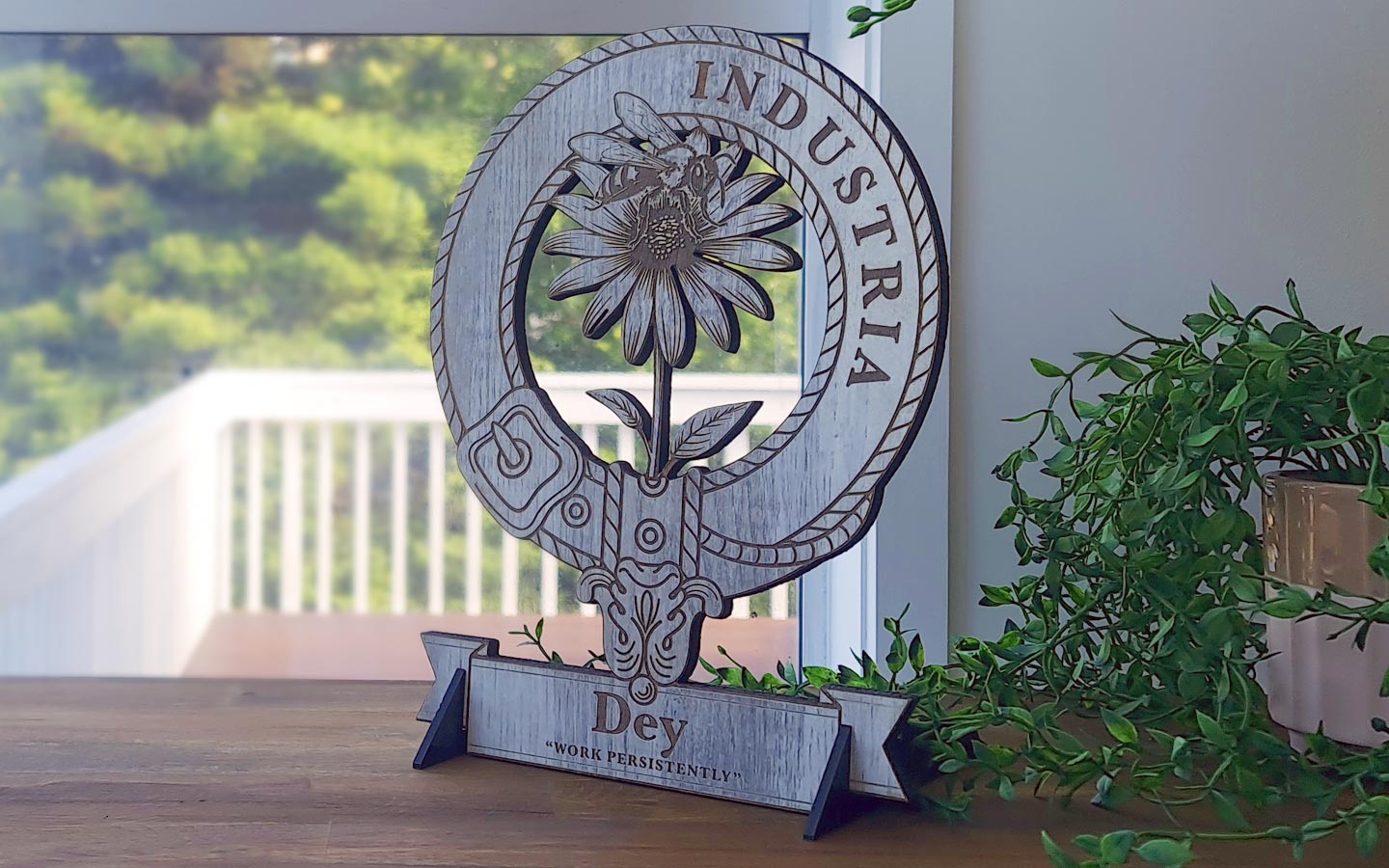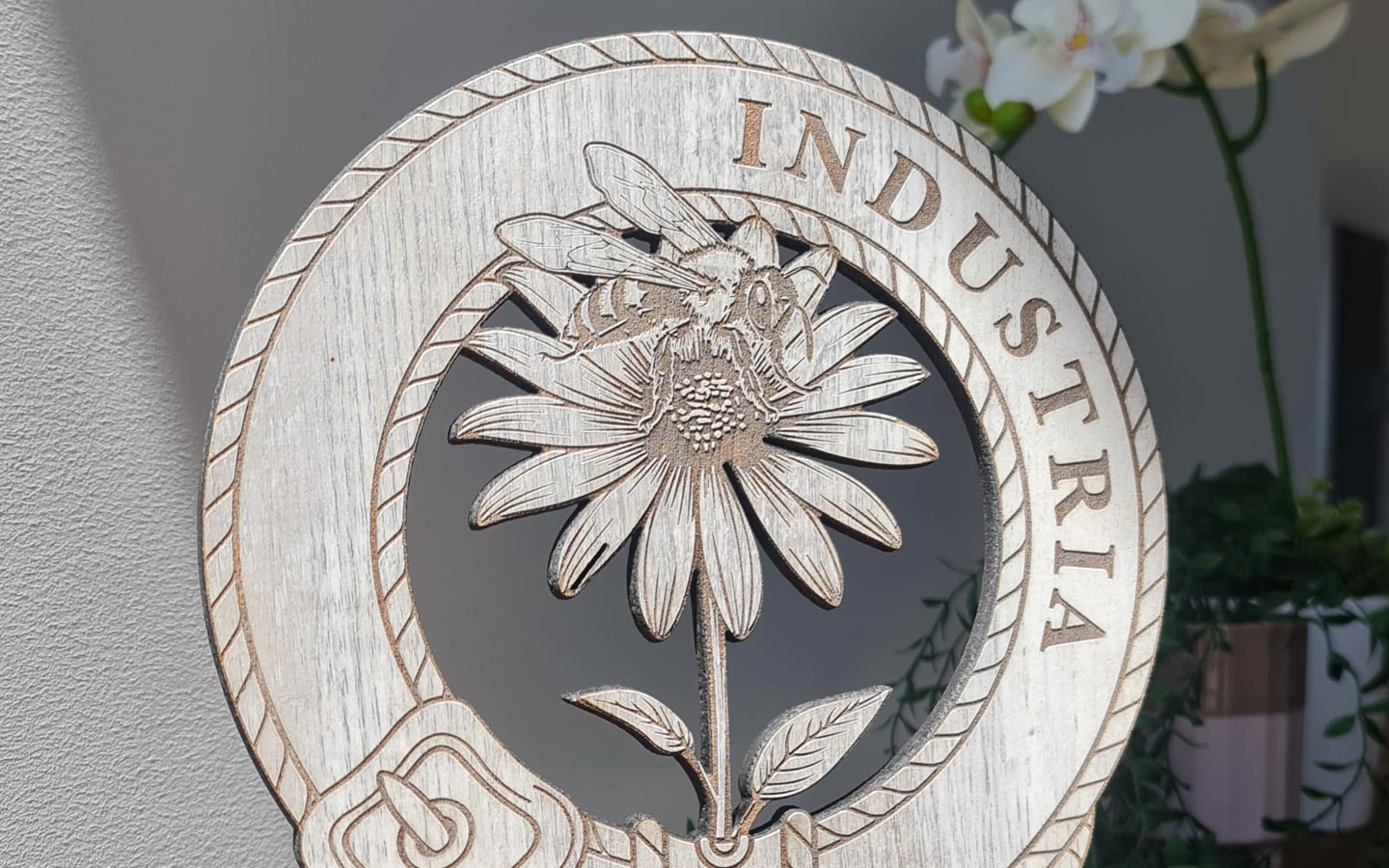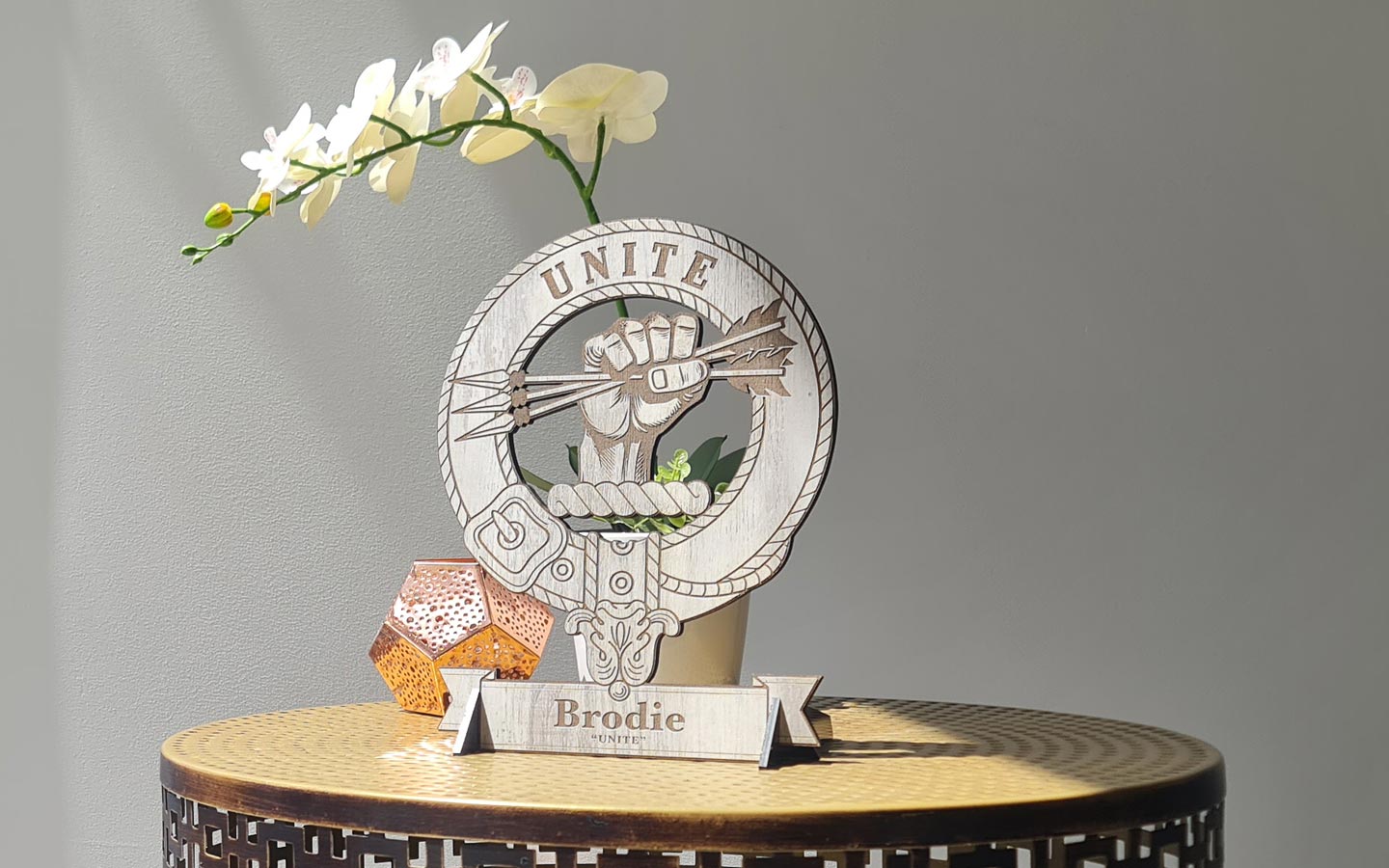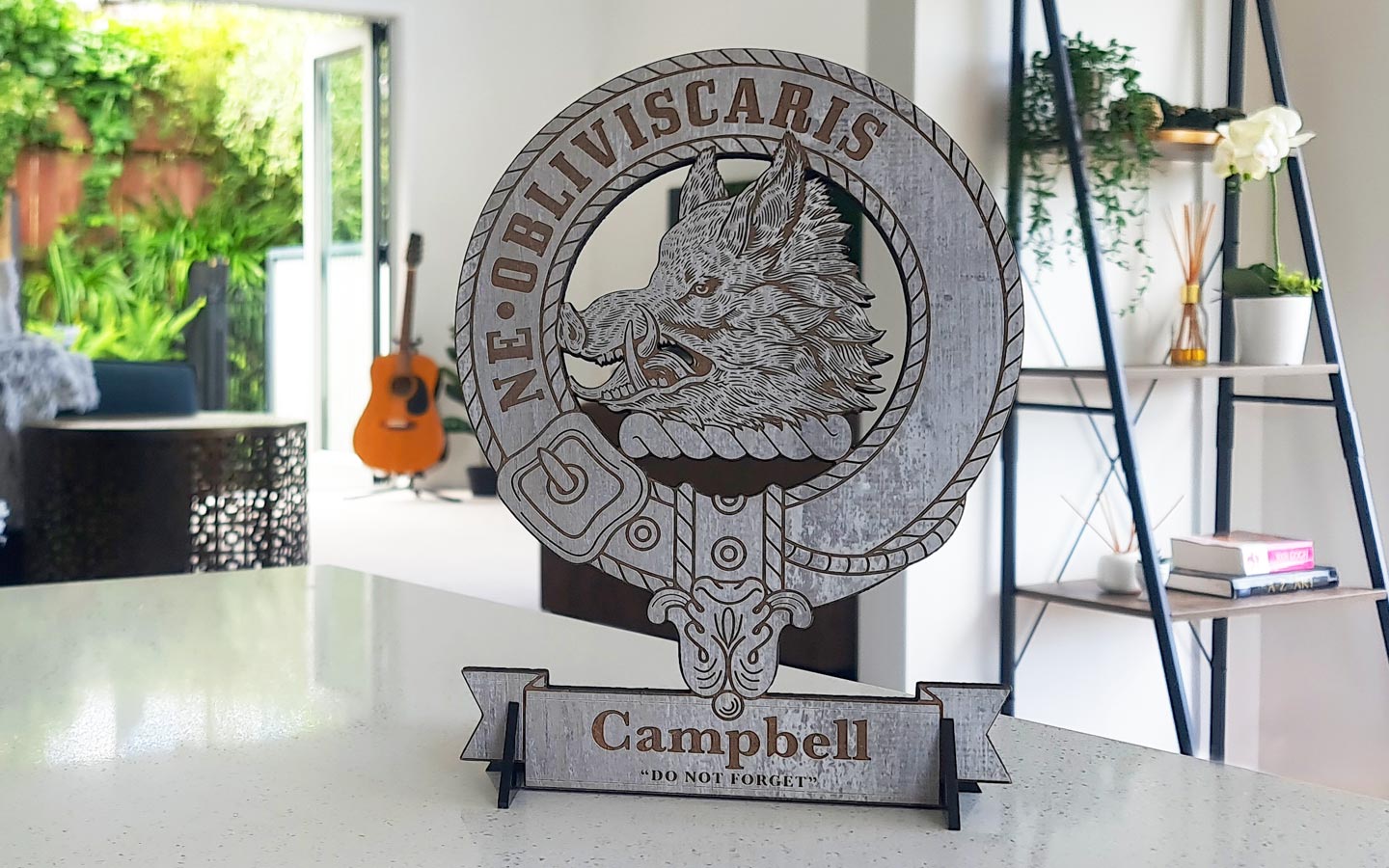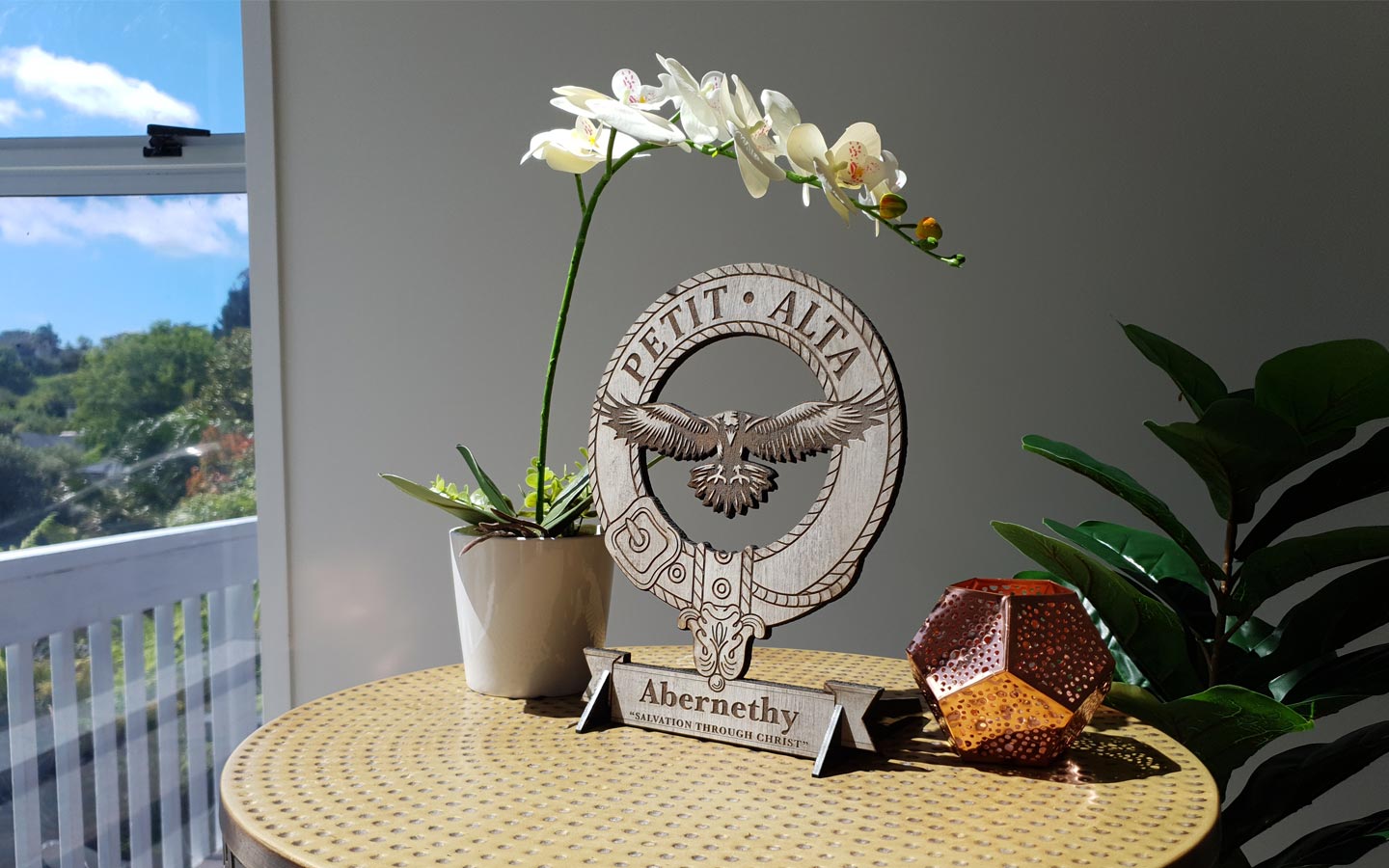Gordon Family History & Ancestry
Let me share with you the captivating history of your family, the Gordons, spanning across generations. Your family’s Scottish journey began in the Borders, and the first recorded Gordon, Richard of Gordon, emerges during the reign of William the Lion. He appears in numerous charters between 1182 and 1232 as the ‘dominus’ of the lands of Gordon in Berwickshire. The name “Gordon” derives from the placename itself, with “Dun” meaning “fort” in Brythonic and “Gor” intensifying it to “great fort.” Richard’s great fort, although lost to time, was said to be located slightly north of the modern village of Gordon in Berwickshire. Unfortunately, little is known about his background, and traditions linking the Scottish Gordons to the French family of Guerdon or the Flemish tribe of Gorduni are likely to be fanciful, though the family may have descended from Anglo-Norman knights.
Later on, the main line of the Gordon family moved and settled in Aberdeenshire, while a branch continued in the Borders. Your family’s interests encompassed both Lowland and Highland regions, but the chiefs generally embraced a Lowland cultural outlook. Sir Adam de Gordon became a supporter of Robert the Bruce and was among the ambassadors sent to Rome in 1306 to petition the pope, where they delivered the famous Declaration of Arbroath, asserting Scottish independence. As a reward for his services, the king granted Sir Adam the lands and castle of Strathbogie (later Huntly) in Aberdeenshire. In 1436, Sir Alexander Gordon was appointed Lord Gordon, and his son rose to the title of Earl of Huntly. George, the fourth Earl of Huntly, served as Chancellor of Scotland in 1547 and was a trusted confidant of the regent Mary of Guise.
In 1599, your family’s chief was elevated to the rank of Marquess of Huntly. He played a significant role in remodeling the major Gordon castles, including Castle Gordon and Huntly Castle, into splendid Renaissance palaces. The second Marquess supported the royalist cause during the civil wars. However, Huntly was captured in Strathdon in December 1647 and subsequently beheaded in Edinburgh. Lord Louis Gordon was restored in 1651 and was later raised to the highest rank of the peerage as Duke of Gordon in 1684. Unfortunately, George, the fifth Duke of Gordon, passed away without any heirs, leading to the extinction of the dukedom. Nonetheless, the marquessate passed to a kinsman from whom the present Chief of the Gordons is descended. It is believed that there are approximately 156 branches of the Gordon kindred.
The Gordon name emerged in Scotland in the late 12th century from the Parish of Gordon in Berwickshire. Richer de Gordun, the lord of the Barony of Gordon in the Merse, granted a piece of land and the church of St. Michael to the monks at Kelso between 1150 and 1160. Sir Adam de Gordon, a Warden of the Marches and a supporter of Robert I, was sent to Rome in 1300 to petition the Pope for the lifting of Bruce’s excommunication. In recognition of his services, he was granted the lands of Strathbogie in Aberdeenshire, but sadly, he perished at the battle of Halidon Hill in 1333.
Sir Adam’s great-grandson met his fate at the battle of Homildon in 1402, leaving his daughter Elizabeth as the inheritor. Elizabeth married Sir Alexander Seton, the second son of Sir William Seton of Seton, who then adopted the Gordon surname. Their son was created the 1st Earl of Huntly in 1436.
Throughout the following century, the Gordons became embroiled in the power struggle between the House of Douglas and the House of Stewart, asserting their dominance in the Highlands. Huntly Castle, previously known as Strathbogie Castle until 1544, became a regular destination for James IV, who even witnessed the marriage of Perkin Warbeck, the pretender to the English throne, at the castle in 1496.
George, the fourth Earl of Huntly, served as Chancellor of Scotland and had ambitions to marry his son to Mary Queen of Scots. Unfortunately, due to a series of misunderstandings, the Gordons’ power collapsed. The fourth Earl perished at the Battle of Corrichie, and his son faced execution. The fifth Earl rebelled against James VI in 1594, resulting in the destruction of Huntly Castle. However, they later reconciled, and in 1599, James created him Marquess of Huntly. The second Marquess supported the Royalist Cause during the Civil War, but he was captured at Strathdon in 1647 and executed in Edinburgh two years later.
The Gordon estates and titles were eventually restored in 1651, and in 1684, Lord Louis Gordon was elevated to the Peerage as Duke of Gordon. The Gordons fought on both sides during the Jacobite Uprisings of 1715 and 1745, with the fourth Duke escaping to France after the Battle of Culloden. The fifth Duke served as the Governor of Edinburgh Castle but died without leaving any children. As a result, the dukedom became extinct, and the marquessate passed to a kinsman from whom the current Chief of the Gordons is descended.
There are other notable individuals in the Gordon family history. John Gordon of Glenbuchat, known as ‘Old Glenbucket,’ was a staunch Jacobite who took part in the uprisings of 1715 and 1745 but was eventually forced to flee to Norway. The Gordons of Haddo were granted the earldom of Aberdeen in 1682 and descended from Patrick Gordon of Methlie, who died at the Battle of Arbroath in 1445. The fourth Earl of Aberdeen served as British Prime Minister from 1852 to 1855. John, the seventh Earl and first Marquess of Aberdeen and Temair, held prominent positions as Governor General of Canada from 1893 to 1898 and Lord Lieutenant of Ireland from 1905 to 1915. It is worth noting that the renowned poet George Gordon, the 6th Lord Byron, had connections to the Gordons of Gight.
Additionally, the Gordon family boasts notable figures who made significant contributions outside Scotland. General Patrick Gordon of Auchleuchries (1635-1699) educated Tsar Peter I in military and naval matters, becoming Peter’s close confidant and chief advisor, aiding in Russia’s transformation into a major European power. The diary of General Patrick Gordon of Auchleuchries, now published in English, provides an incomparable view of life in Russia during the reign of Peter the Great. Robert Gordon of Auchintoul served as a commander in the army of Peter the Great, while his son Alexander Gordon of Auchintoul (1669–1751) became a general in the Russian Army. Alexander returned to Scotland to participate in the Jacobite Uprising of 1715 and wrote a biography of Peter the Great. Thomas Gordon (d. 1741) served as an admiral in the Russian Navy and became the Governor of Kronstadt. Charles Gordon (1833-1885) served as the Governor of the Sudan butLet me tell you the fascinating story of your family, the Gordons, and their Scottish heritage. The Gordons are known as one of the great families of the northeast, although their roots can be traced back to the Borders. Your family history begins with Richard of Gordon, who is recorded during the reign of William the Lion. Richard held the lands of Gordon in Berwickshire and played a significant role in the region. The name “Gordon” itself is derived from a placename, with “Dun” meaning “fort” and “Gor” intensifying it to “great fort.” Richard’s ancestral fort, located near the modern village of Gordon, has unfortunately been lost to time, and little is known about his background. While some traditions suggest a French or Flemish origin for the Scottish Gordons, it is more likely that your family descended from Anglo-Norman knights.
As time passed, the main line of the Gordon family moved to Aberdeenshire, although a branch remained in the Borders. Your family’s interests extended across both Lowland and Highland regions, but the chiefs predominantly embraced a Lowland cultural outlook. One notable figure in your family history is Sir Adam de Gordon, who became a staunch supporter of Robert the Bruce and played a crucial role in the Scottish cause. Sir Adam, along with other Scottish ambassadors, embarked on a mission to Rome in 1306 to petition the pope and present the famous Declaration of Arbroath, asserting Scotland’s independence. As a reward for his services, the king granted Sir Adam the lands and castle of Strathbogie (later known as Huntly) in Aberdeenshire. This marked a significant turning point for the Gordons. In 1436, Sir Alexander Gordon was raised to the title of Lord Gordon, and his son became the first Earl of Huntly. George, the fourth Earl of Huntly, held the prestigious position of Chancellor of Scotland and enjoyed a close relationship with the regent, Mary of Guise.
In 1599, your family’s chief was granted the title of Marquess of Huntly, further elevating their status and influence. The chief was responsible for remodeling major Gordon castles, such as Castle Gordon and Huntly Castle, into splendid Renaissance palaces, leaving a lasting architectural legacy. However, the family faced challenges during the civil wars, as Huntly was captured in Strathdon in 1647 and subsequently executed in Edinburgh. It was a tumultuous time, but Lord Louis Gordon managed to restore the family’s position in 1651. In 1684, Lord Louis was raised to the highest rank of the peerage, becoming the Duke of Gordon. Unfortunately, the fifth Duke of Gordon passed away without leaving any heirs, resulting in the extinction of the dukedom. The marquessate, however, passed to a kinsman, from whom the present chief of the Gordons descends. It is fascinating to note that there are reportedly about 156 branches of the Gordon kindred, highlighting the extensive reach of your family.
The name “Gordon” emerged in Scotland during the late 12th century from the Parish of Gordon in Berwickshire. Richer de Gordun, the lord of the Barony of Gordon in the Merse, granted land and a church to the monks at Kelso between 1150 and 1160, establishing a connection to the religious community. Sir Adam de Gordon, a Warden of the Marches and an ardent supporter of Robert I, played a vital role in petitioning the Pope to lift Bruce’s excommunication. His loyalty was rewarded with the lands of Strathbogie in Aberdeenshire. Sadly, Sir Adam met his end at the Battle of Halidon Hill in 1333.
Sir Adam’s great-grandson perished at the Battle of Homildon in 1402, leaving his daughter Elizabeth as the sole inheritor. Elizabeth married Sir Alexander Seton, who adopted the Gordon surname. Their son was created the first Earl of Huntly in 1436, further solidifying the family’s noble status.
During the subsequent century, the Gordons became embroiled in the power struggle between the House of Douglas and the House of Stewart, dominating the Highlands. Huntly Castle, previously known as Strathbogie Castle until 1544, was a regular destination for James IV and witnessed significant events, including the marriage of Perkin Warbeck, who claimed to be the rightful heir to the English throne, in 1496.
George, the fourth Earl of Huntly, served as Chancellor of Scotland and harbored ambitions of marrying his son to Mary Queen of Scots. However, misunderstandings and misfortunes led to the collapse of the Gordons’ power. The fourth Earl died at the Battle of Corrichie, and his son faced execution. The fifth Earl rebelled against James VI in 1594, resulting in the destruction of Huntly Castle. Yet, reconciliation followed, and in 1599, the king created him the Marquess of Huntly. The second Marquess supported the Royalist Cause during the Civil War but was captured at Strathdon in 1647 and executed in Edinburgh two years later.
The Gordon estates and titles were eventually restored in 1651, and in 1684, Lord Louis Gordon was raised to the peerage as the Duke of Gordon, the highest rank of nobility. The Gordons participated on both sides during the Jacobite Uprisings of 1715 and 1745, with the fourth Duke of Gordon escaping to France after the Battle of Culloden. Although the fifth Duke served as the Governor of Edinburgh Castle, he died without leaving any children, resulting in the extinction of the dukedom. The marquessate passed to a kinsman from whom the current Chief of the Gordons is descended.
In addition to your family’s remarkable Scottish history, there are notable individuals who have left their mark beyond Scotland’s borders. General Patrick Gordon of Auchleuchries (1635-1699) played a pivotal role in educating and advising Tsar Peter I of Russia in military and naval matters, contributing to Russia’s transformation into a major European power. His diary, which provides a unique perspective on life during Peter the Great’s reign, has been published in English. Robert Gordon of Auchintoul served as a commander in the army of Peter the Great, and his son Alexander Gordon of Auchintoul (1669–1751) became a general in the Russian Army. Alexander returned to Scotland to participate in the 1715 Jacobite Uprising and even wrote a biography of Peter the Great. Thomas Gordon (d.1741) achieved the rank of Admiral in the Russian Navy and served as the Governor of Kronstadt. Charles Gordon (1833-1885) held the position of Governor of the Sudan but met a tragic end, being murdered on the palace steps in Khartoum.
Your family, the Gordons, have truly left an indelible mark on Scottish history and beyond, with their noble heritage, influential figures, and fascinating connections to prominent events and individuals.
The Family Crest
Wherever in the world you live, embrace your family heritage and adorn your home with a timeless symbol of your family legacy with our crafted Family Crests.
Family Crest Motto: BYDAND (Stay and Fight)
$150.00 Original price was: $150.00.$99.00Current price is: $99.00.
Copyright Notice: This artwork is protected by copyright law. Unauthorized reproduction, distribution, or usage of this artwork without explicit permission from ScottishFamilyCrest.com is strictly prohibited.



